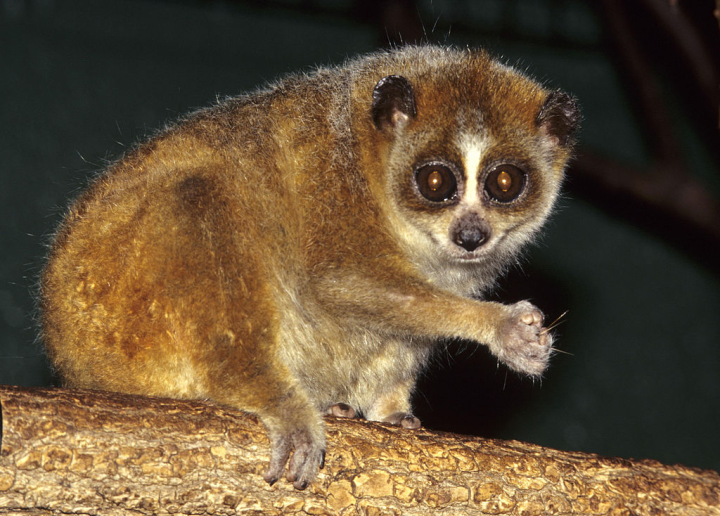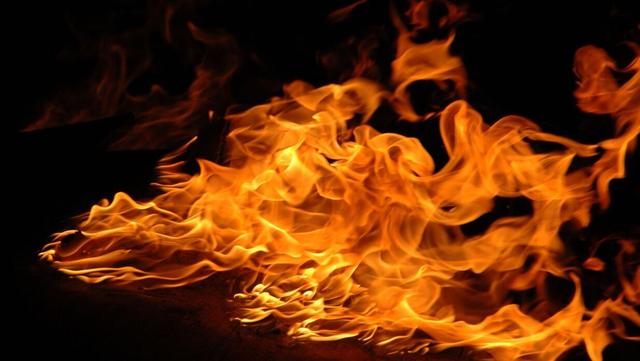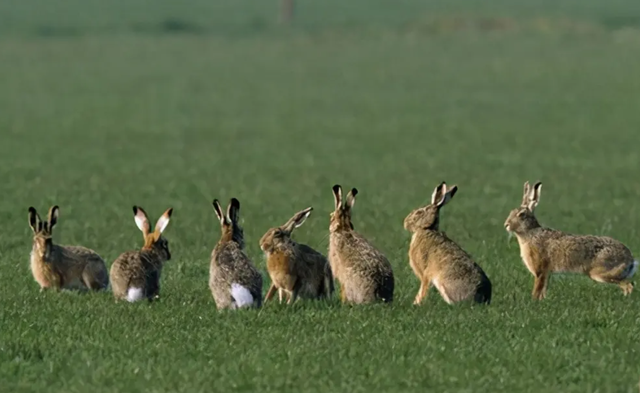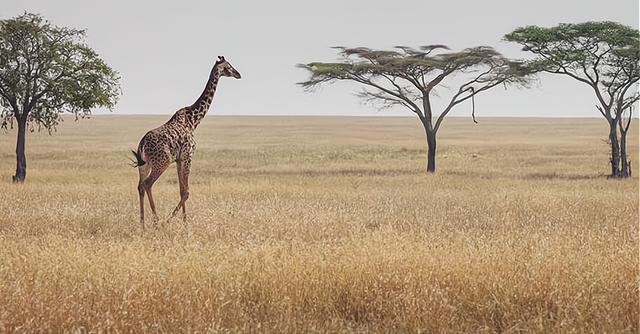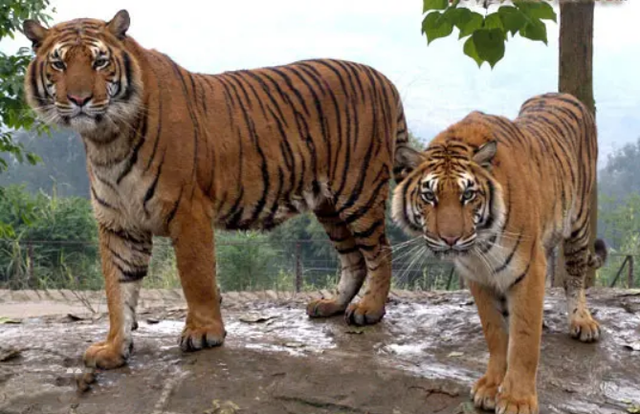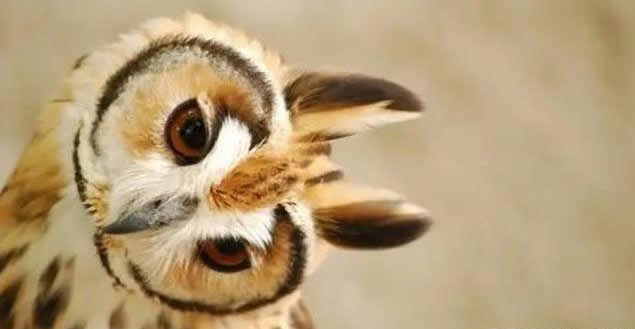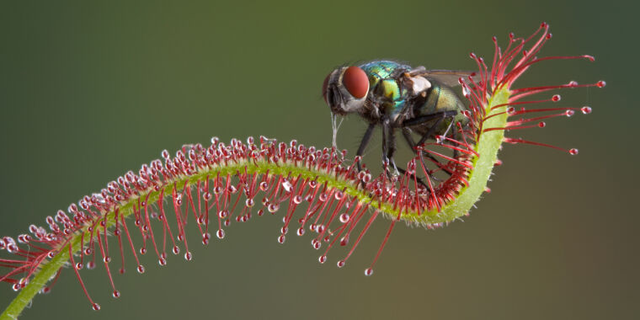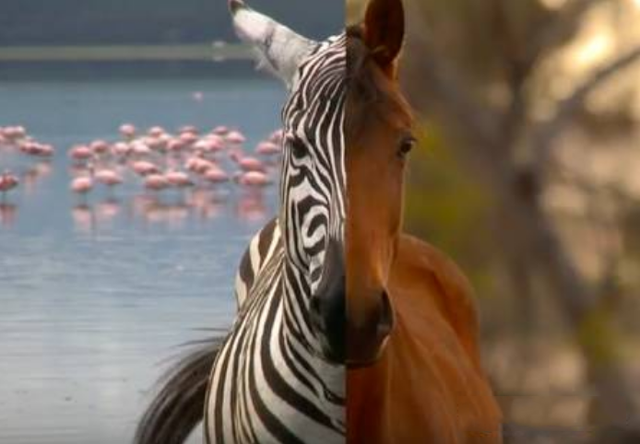Poison, many kinds of organisms use it as a means of defense and offense in their evolutionary path. For example, insects and snakes of the "Five venomous sects" In martial arts novels. In fact, primates related to humans can also carry poison.
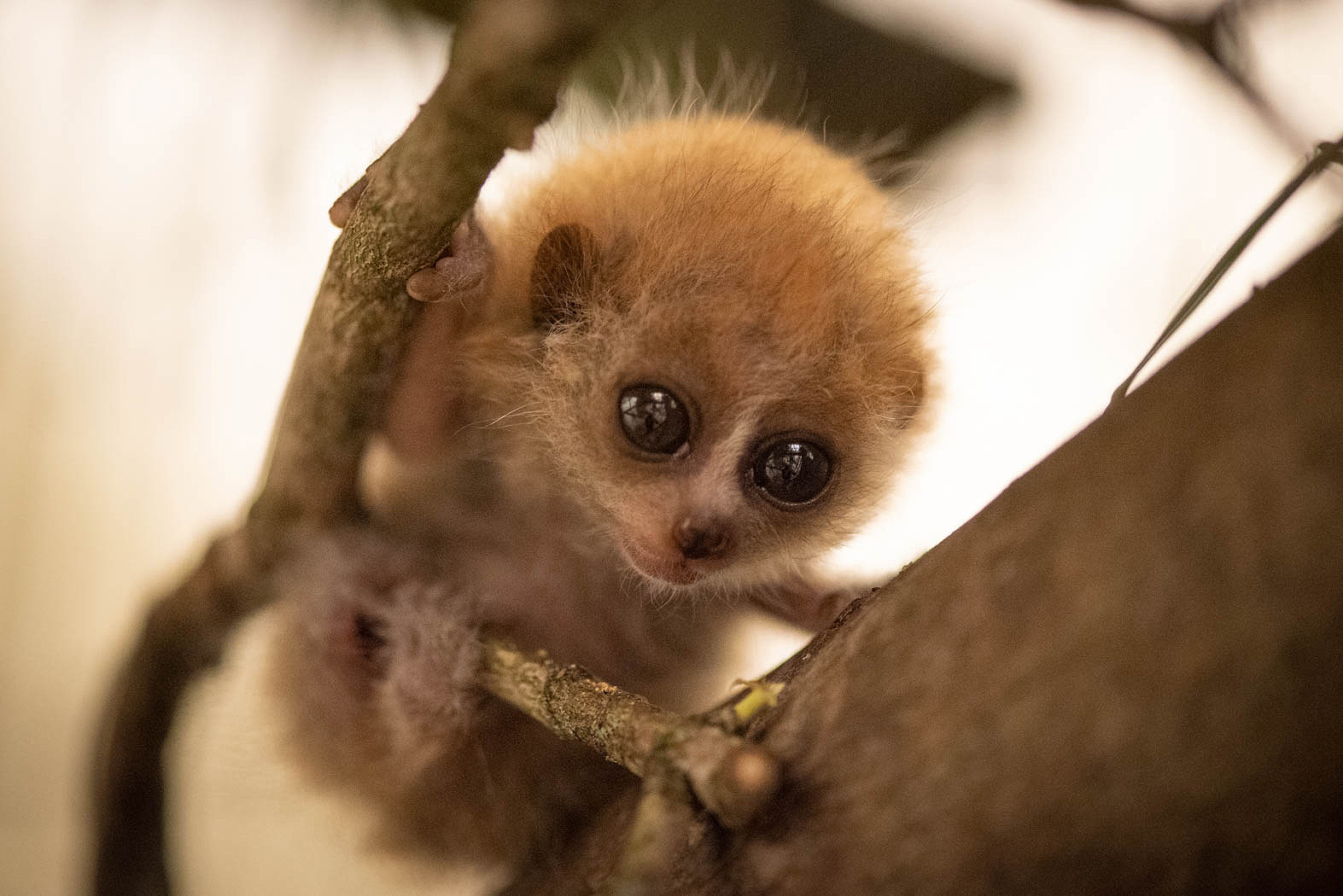
Cute little fur ball on the outside
Sloth monkeys, the only poisonous primates in the world (at least eight species of sloths are known), are cute little balls of fur that live in the rainforests of southern asia and southeast asia, and are also known as bee monkeys in yunnan, china.
Paradox incarnate
The sloth monkey is a paradox incarnate. With big watery eyes, they also have a grumpy side underneath their harmless cuteness, and carry enough toxins to make them deadly.

Cute
It seems a little unfair to call them sloth monkeys, which is to blame for the hasty biologists of the 18th century.
Yes, sloth monkeys do stay still for hours at a time; they tend to move slowly; and when they are frightened, they cower in a ball with their heads behind their arms. But they can also move quickly when catching bugs or avoiding predators, unlike sloths, which are "Real sloths".

Sloth monkeys stiffen up when frightened and often hide behind their arms
Monkeys, of course, live in trees. But unlike many other tree-dwelling primates that jump around and bark, sloths are usually quiet and graceful.
Sloth monkeys move carefully through the trees with strong, grasping hands, flexible wrists and ankles, and a few extra vertebrae in the middle of their spines, which make their bodies soft and flexible.
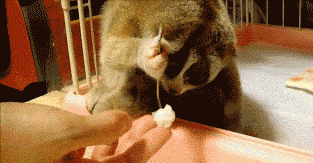
Quiet and graceful
The evolutionary line of the viper
When sloths get anxious, they will lick their armpits.
Look closely and you will see that the sloth monkey has a raised bald spot on its inner upper arm. This is called the brachial gland, and it secretes an irritating oil.
When a sloth monkey feels the need to launch an attack, it raises its arm to lick the gland. Saliva and oil mix to produce a toxic solution, which is then drawn to the tips of the teeth by capillary action. When bitten by it, the venom enters the victim's bloodstream.
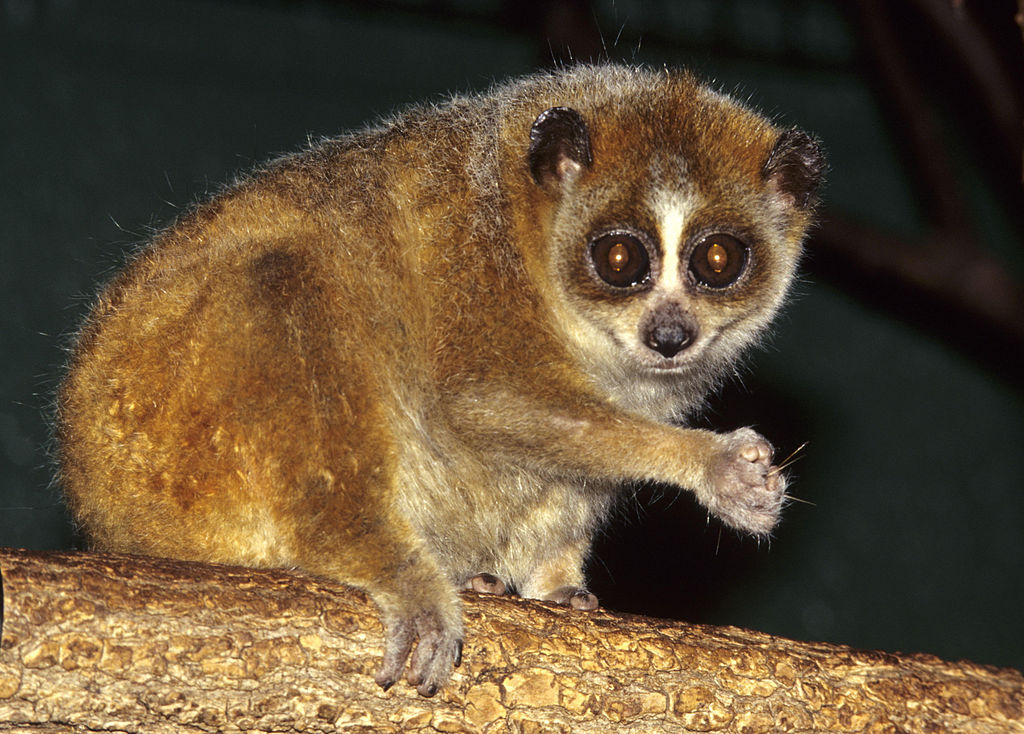
The sloth monkey enters the poison coated position, just like the bad guys licking the poisoned dagger in the movie and television productions
The venom causes pain, swelling and ulceration of the wound, which takes a long time to heal. It can kill small mammals and arthropods, and cause anaphylactic shock, irregular heartbeats and even death in humans.
Sloth monkeys have dark teardrop-like markings around their large eyes, and while this may look cute, it is actually a warning sign.

Facial markings call attention to the poisonous pointed beak, while the contrasting fur tones show aggression. This is known as a warning color. Many animals, including skunks, poisonous frogs and ladybugs, use cautionary colors to advertise that they are not worth attacking or eating.
In addition to using venom, sloth monkeys will twist their bodies in a superbly curved spine when threatened and give an aggressive snake-like hiss, literally a snake in monkey's skin.
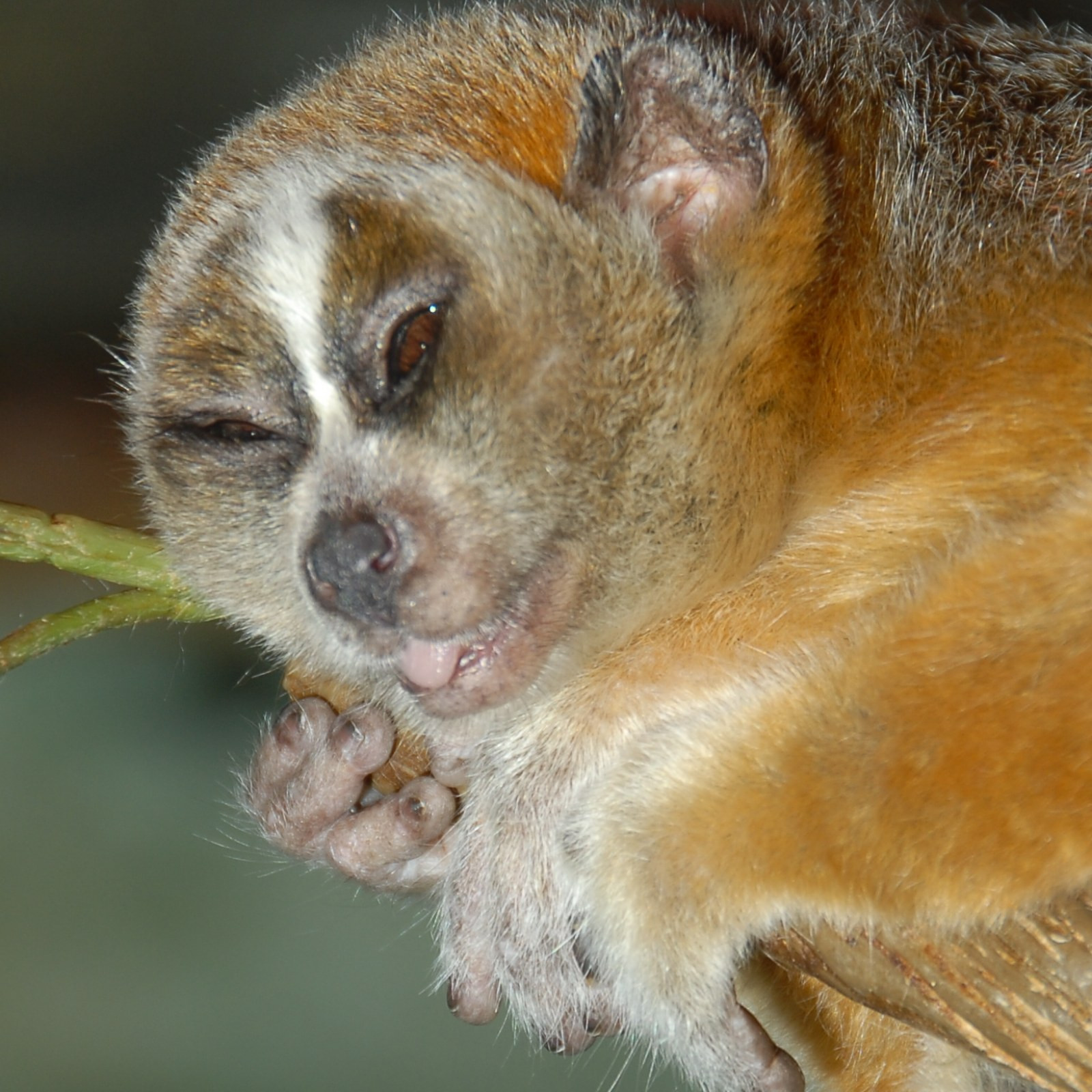
Squinting eyes, instantly much uglier
Why did they evolve deadly venom?
This is an interesting question.
Although sloth monkey venom can harm predators and kill small animals, sloth monkeys tend to attack almost exclusively on their own kind.
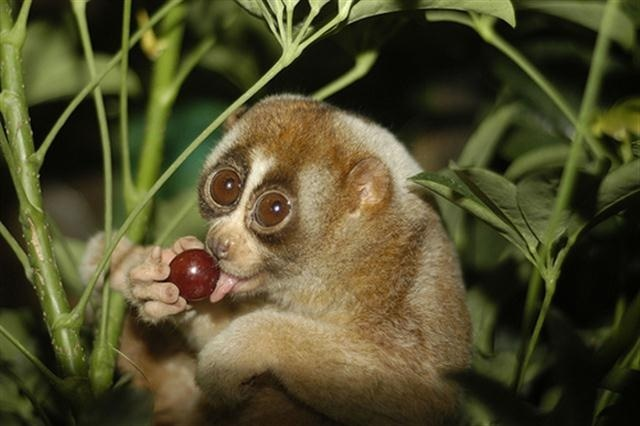
The harmless look of human animals
In an extensive recent study, about one-third of females and more than half of males had gruesome bites inflicted by other sloth monkeys.
Males fight for females; females fight to protect their offspring; and both sexes fight to defend their territory.
Venom is also used as a "Passive skill" For deterrence.
Before placing their young on a branch to go out to feed, sloth mothers lick their brachial glands to extract the poison and then smear their young from head to toe. This goes some way to deter potential predators, such as clouded leopards and sun bears.

Evolving snake-like traits
The previously described features make sloth monkeys resemble snakes in monkey skin. One theory suggests that these traits evolved as a form of mimicry. Millions of years ago, the ancestors of asian sloth monkeys lived with cobras and may have evolved snake-like features to confuse potential predators.
Like all creatures, sloth monkeys play an important role in their ecosystem.
When they eat nectar, they transfer pollen between flowers. When they eat and digest fruit and then expel seeds, they help reproduce the next generation of plants.
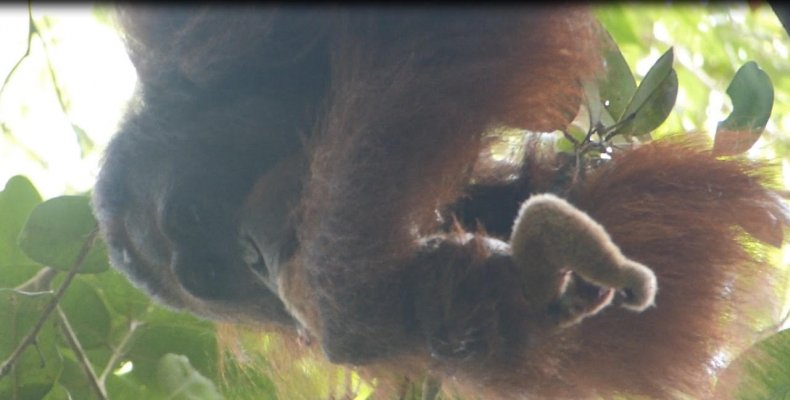
On the other hand, they are the prey of snakes, hawks and orangutans.
The main reason for their endangerment is still humans. They look so cute that they become the darling of the pet trade, are "Plucked" And trafficked illegally.



During their journey to europe and the united states, sloth monkeys are often malnourished and stressed, with mortality rates as high as 90%. Meanwhile, in the wild, their homes are being deforested and their habitat is shrinking. Venom has not been able to protect them, and sloth monkeys are now among the rarest primates on the planet.
Historically, borneans considered sloth monkeys to be the gatekeepers to heaven; in the future, perhaps they will really only exist in heaven.

